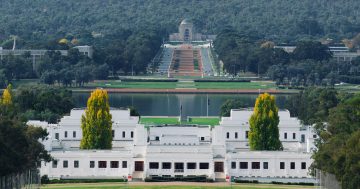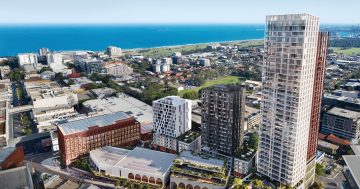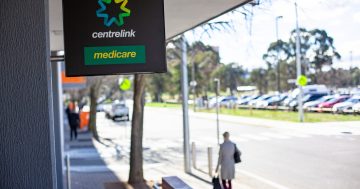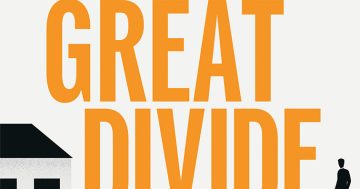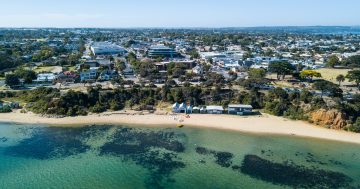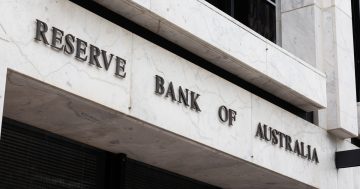Michael Janda and Rachel Pupazzoni* say rising debt, rates and inflation have combined to trigger the first house price fall in almost two years.
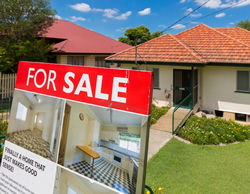 Australian home prices have fallen nationally for the first time in at least 20 months, according to two leading monthly indices.
Australian home prices have fallen nationally for the first time in at least 20 months, according to two leading monthly indices.
Both indices — from CoreLogic and REA’s PropTrack — put the national monthly fall at about 0.1 per cent.
CoreLogic records that as the first monthly decline since September 2020, while PropTrack has it slated as the first fall since the COVID-19 pandemic started.
CoreLogic reported much bigger home-price falls for Sydney (-1 per cent) and Melbourne (-0.7 per cent), dragging down the national average, while PropTrack estimated both cities eased 0.3 per cent.
Both indices also found Canberra prices fell last month for the first time in around three years.
The rival data providers also found that price growth remained the highest in Adelaide, Brisbane and some regional areas.
“A clear two-speed housing market has emerged,” PropTrack’s Paul Ryan said.
“Affordable, lifestyle regions of Brisbane, Adelaide, regional NSW and Tasmania continue to see solid growth, with flat or falling prices elsewhere.”
Tree change remains appealing
Natasha Di Sano and her husband Daniel, in search of more space to raise their three children, moved their family to a new home last month.
“It was my husband who came to me with the idea,” Ms Di Sano said.
“It was for us to build a better life for both my husband and myself and our three children, to give them more of an opportunity to be on bigger land, to feel free to be themselves, as well as give us the opportunity to just live a different lifestyle, not so much of the fast pace.”
While not technically a regional move, they sold the home they had, on 500 square metres in the outer north-western Sydney suburb of Kellyville Ridge, about 40 kilometres from the CBD, and moved about twice as far away from the city to Kurrajong, where their three children now have two and a half acres to run around on.
As well as the extra land, and 16 chickens, their new home has more bedrooms and living areas, as well as a granny flat.
“We haven’t reduced the loan as much as I guess we would like to have, it’s pretty much like we’ve done a swap,” she said.
“Really, we were taking advantage of the hot market.”
After the Reserve Bank lifted the official interest rate last month for the first time in 11 years, Ms Di Sano is ready for more increases and is taking steps now to offset increased mortgage repayments.
“Daniel and I are budgeting very, very tightly so that we’re able to just put that little bit extra way … as a buffer for these hard times that I’m sure are on their way,” she said.
CoreLogic’s research director Tim Lawless said rising interest rates were only one factor putting the brakes on an already slowing housing market, where price growth peaked in May 2021.
“Since then, housing has been getting more unaffordable, households have become increasingly sensitive to higher interest rates as debt levels increased, savings have reduced and lending conditions have tightened,” he noted.
“Now we are also seeing high inflation and a higher cost of debt flowing through to less housing demand.”
However, Mr Lawless said some regional markets might be less vulnerable to falling prices, at least in the short term.
“Considering we are already seeing the pace of growth easing across most regional markets, it is likely we will see growth conditions softening in line with higher interest rates and worsening affordability pressures,” he said.
“Arguably, some regional markets will be somewhat insulated from a material downturn in housing values due to an ongoing imbalance between supply and demand as we continue to see advertised stock levels remain extraordinarily low across regional Australia.”
*Michael Janda is the ABC’s Online Business Reporter. Rachel Pupazzoni has been a journalist with ABC News since 2006. She is currently a multi-platform reporter with the Business News team, based in Sydney.
This article first appeared at abc.net.au.


